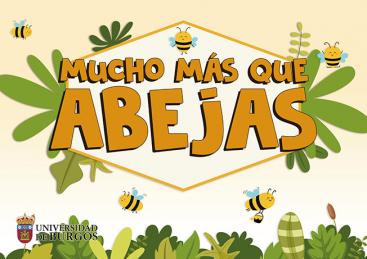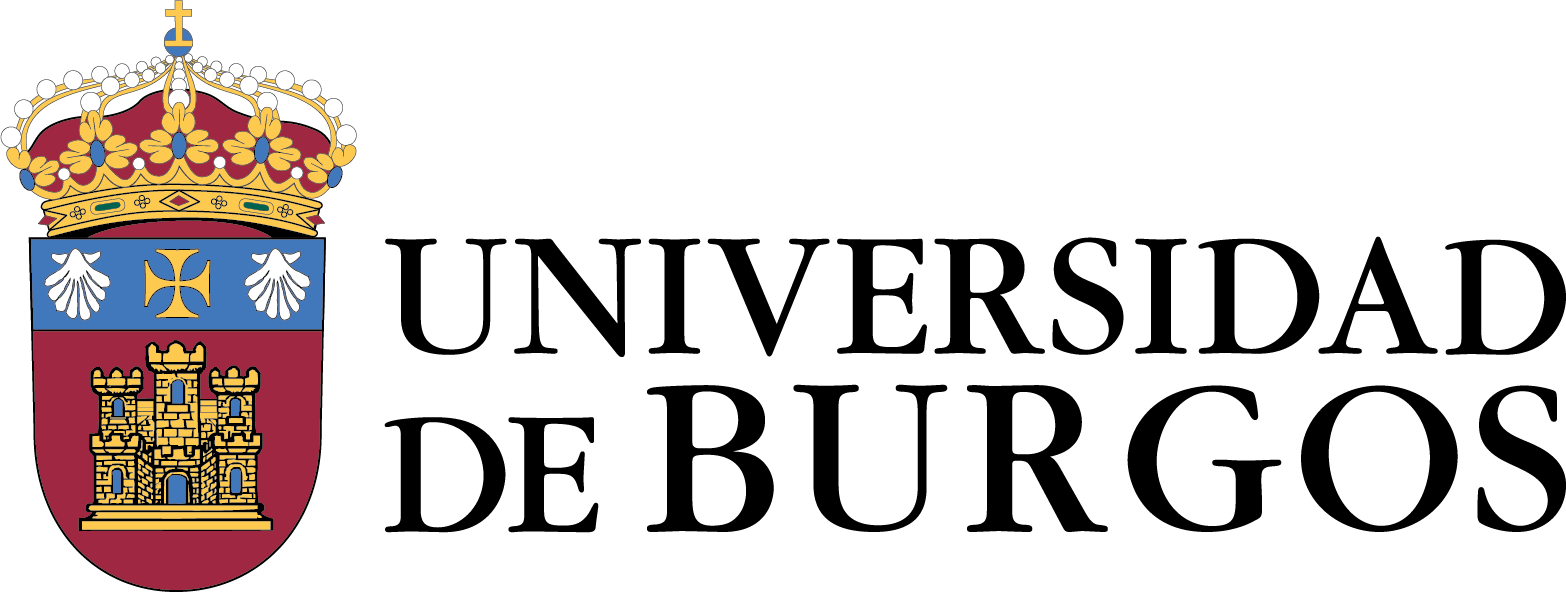Mucho más que abejas
Keywords:
Primary education, Learning situations, STEAM, Sustainability, CLIL, Ecosystems, Bees, ProgrammingSynopsis
This material has been developed within the Integrated and Inclusive Curriculum Prototypes project. It includes teacher guides, student activity booklets, and an online training course for teachers and families. It aims to contribute to teaching in primary education, promoting the development of comprehensive student competencies through projects that address sustainability issues using the Spanish curriculum in an integrated way. The material, developed and evaluated in authentic contexts, is designed to be used flexibly, with varied activities and guidelines so that each teacher can adapt it to their needs, according to their class's educational level and characteristics.
Downloads
Abstract 2049
References
Bellotti, F.Riccardo Berta, Alessandro de Gloria, Michela Ott, Sylvester Arnab, et al. (2011). Designing Serious Games for education: from Pedagogical principles to Game Mechanisms. Proceedings 5th European Conference on Game-Based Learning, Oct 2011, Athens, Greece. pp.26-34. ffhal-00985800
Bers, M.U., (2018). Coding as a playground: Programming and computational thinking in the early childhood classroom. New York, NY: Routledge press.
Ellis, G. & Brewster, J. (2014). Tell it again! The Storytelling Handbook for Primary English Language Teachers. British Council. Available in https://www.teachingenglish.org.uk/sites/teacheng/files/pub_D467_Storytelling_handbook_FINAL_web.pdf
Figueroa, L., Ospina, M. y Tuberquia J. (2019). Prácticas pedagógicas inclusivas desde el diseño universal de aprendizaje y plan individual de ajuste razonable. Inclusión y Desarrollo, 6(2), 4-14. https://doi.org/10.26620/uniminuto.inclusion.6.2.2019.4-14
Gatt, S., Bonello, C. & Camilleri, R. et al. (2021). The ScienceL2 Toolkit: STEAM and Second Language Learning in the real-life world. SELFIE Consortium - STEAM Educational Approach And Foreign Language Learning In Europe.
Gatt, S. & Vella, Y. (eds.), (2003), Constructivist Teaching in Primary School: Examples in Social Studies, Science, Mathematics, Design and Technology and ICT. Agenda Publishers.
Gómez Carrasco, C. J. & Rodríguez Pérez, R. A. (2014). Aprender a enseñar ciencias sociales con métodos de indagación. Los estudios de caso en la formación del profesorado. Revista de docencia universitaria, 12(2), 307-325.
Grotzer, T. A., & Basca, B. B. (2003). How does grasping the underlying causal structures of ecosystems impact students’ understanding? Journal of Biological Education, 38(1), 16-29.
Putri, S. S., & Rusyati, L. (2021, March). Analyzing the science misconception in mastery concept of ecosystem topic at senior high school. In Journal of Physics: Conference Series (Vol. 1806, No. 1, p. 012125). IOP Publishing.
Sound Effects Pro. (2016, 30 de mayo). Bees buzzing | Sound Effect [High Quality] [Vídeo]. YouTube. https://www.youtube.com/watch?v=oHGt91cTSy4
Educación 3.0. (n.d.). Organiza y fomenta el aprendizaje con estas rutinas de pensamiento. https://www.educaciontrespuntocero.com/recursos/rutinas-pensamiento/
Esteban, E. (2023, 13 de junio). Cómo influyen los colores en la conducta y emociones de los niños. Guía Infantil. https://www.guiainfantil.com/blog/educacion/conducta/como-influyen-los-colores-en-la-conducta-y-emociones-de-los-ninos/
National Geographic España. (2021, 8 de junio). El lenguaje de las abejas [Vídeo]. YouTube. https://www.youtube.com/watch?v=6Lnq_zZlYa4
Sci.News. (2020, 19 de noviembre). Scientists map distribution of bee species worldwide. https://www.sci.news/biology/bee-distribution-map-09071.html
Mundo Geométrico. (2019, 24 de abril). Cómo hacer un prisma hexagonal [Vídeo]. YouTube. https://www.youtube.com/watch?v=4Iv1AX_vG9U
Worksheetworks.com. Mixed pentomino puzzles. https://www.worksheetworks.com/puzzles/pentominoes/mixed-puzzles.html
Smithsonian Channel. (2016, 12 de febrero). Slo-Mo footage of a bumble bee dislodging pollen [Vídeo]. YouTube. https://www.youtube.com/watch?v=J7q9Kn1rhRc
Homeschool Pop. (2017, 19 de septiembre). Pollination for kids [Vídeo]. YouTube. https://www.youtube.com/watch?v=CUPzbTuJlgc
SciShow Kids. (2021, 15 de marzo). Flowers and their pollinators: a perfect match! | Spring is Here! [Vídeo]. YouTube. https://www.youtube.com/watch?v=pnBoM4idf1k Imágenes educativas. https://www.imageneseducativas.com/ SEO Bird Life. Identificador de aves. https://seo.org/identificador-aves/
EDUCA EXPERIMENTS. (2021, 2 de septiembre). Cómo crear un jardín eterno o mini-ecosistema encerrado en una botella de cristal con helechos.4K [Vídeo]. YouTube. https://www.youtube.com/watch?v=66-3I0GiHa0
Universitat de Barcelona. (2015, 3 de febrero). Ciencia Animada. Episodio 1. El Método Científico [Vídeo]. YouTube. https://www.youtube.com/watch?v=dGnd9vF_s2A
Contentus UFM. (2020, 20 de marzo). El método científico (canción) [Vídeo]. YouTube. https://www.youtube.com/watch?v=Zu2P45IG8J0
Martín González. (2019, 15 de abril). Método científico (Mundo de Beakman + Niño de 8 años discute con profe) [Vídeo]. YouTube. https://www.youtube.com/watch?v=R8Pc9iXY-Hc
ACME 2.0. (2015, 24 de abril). 1.4 El mundo de Beakman - Método Científico [Vídeo]. YouTube. https://www.youtube.com/watch?v=XMHeyovhCO8.
Berta Delicia Educadora de Párvulos. (2021, 30 de mayo). Ciencias para niños y niñas. Juguemos a ser científicos N°2 [Vídeo]. YouTube. https://www.youtube.com/watch?v=btPVEryePls
LIVEKINDLY. (2020, 7 de julio). 7 Ways to help save the bees [Vídeo]. YouTube. https://www.youtube.com/watch?v=FqClEkOyHbw Kiddle enciclopedia. (n.d.). Bee facts for kids. https://kids.kiddle.co/Bee
Paleontological Research Institution. (n.d.). Threats to bees. https://www.museumoftheearth.org/bees/threats
Pizza, A. (2023, 13 de marzo). Are bees endangered in 2023? At-risk species and what’s causing a decline. Brightly. https://brightly.eco/blog/are-bees-endangered Google LLC. Google Earth. https://play.google.com/store/apps/details?id=com.google.earth
Ítaca UBU. Mucho más que abejas [Juego educativo]. https://play.google.com/store/apps/details?id=com.ITACA.Masqueabejas&pli=1
TikTak Draw. (2016, 18 de septiembre). What would happen if the bees will disappear? | Drawing About [Vídeo]. YouTube. https://www.youtube.com/watch?v=MIgsiCAYlx8
Cultura Fugaz. (2022, 4 de enero). Las Cuatro Plagas, cuando China exterminó a todos los gorriones [Vídeo]. YouTube. https://www.youtube.com/watch?v=0QpScUqs9-k
Papelísimo. (n.d.). Partes de una carta para niños (con plantilla). https://papelisimo.es/2016/11/partes-de-una-carta-para-ninos-plantilla/ Educima. Generador de sopa de letras. https://www.educima.com/wordsearch.php

Downloads
Published
Categories
License

This work is licensed under a Creative Commons Attribution-NonCommercial-NoDerivatives 4.0 International License.







